Nam Dinh is famous for many rustic dishes that make diners remember them, including Kenh village rice rolls.
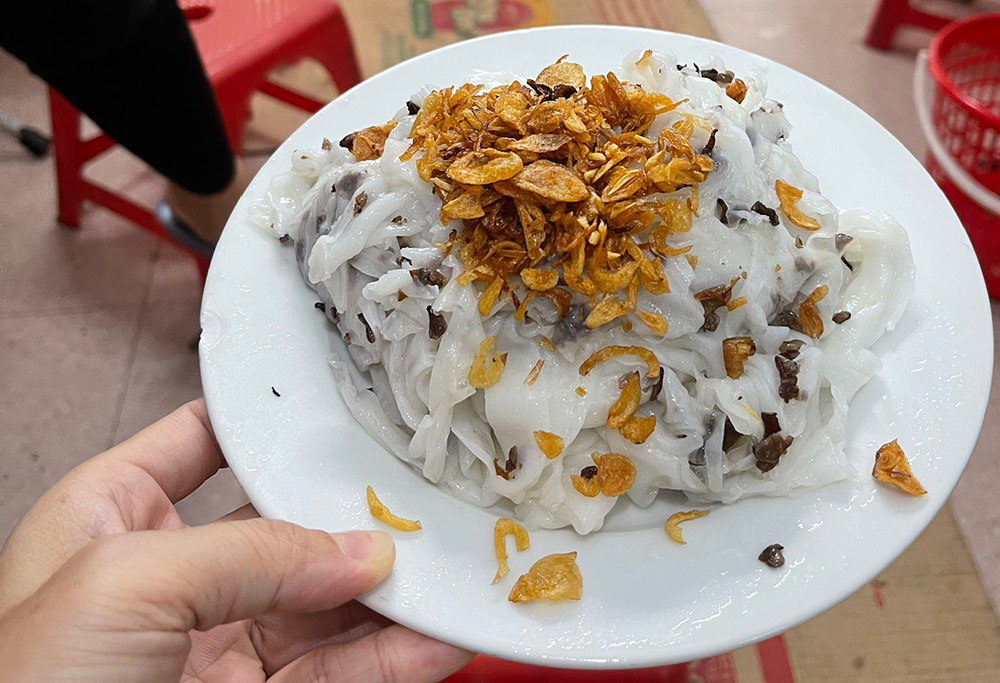
Banh cuon is not a new dish, many provinces have this dish. However, each place has a different way of making and eating it. In Nam Dinh , it seems that every alley has banh cuon, originating from Kenh village.
Kenh village used to belong to Tuc Mac prefecture, a fiefdom of the Tran Dynasty, Nam Dinh. Since ancient times, Kenh village's soft, smooth, and silky rice paper sheets were presented to the King. The founder of Kenh village's rice paper roll making craft was also conferred the title of Thanh Hoang of the village.
The tools to make rice rolls are very simple. Photo: Ha Le
Kenh village rice rolls have their own secret recipe. The villagers only pass on the craft to their daughters or daughters-in-law in the family. The rice used to make rice rolls must be Moc Tuyen rice, mixed with old rice (good rice from the previous crop) according to a secret ratio, then soaked and hand-milled with a stone mortar.
In Nam Dinh, there are also dozens of long-standing banh cuon shops, each with its own flavor. Today, Nam Dinh people can name a few delicious banh cuon shops such as banh cuon in Nha Tho alley, banh cuon Ba Uyen on Minh Khai street, banh cuon Lang Kenh on Truong Han Sieu street...
The similarity of Nam Dinh rice rolls is that the rice paper is as thin as white silk, ivory in color but still transparent, not opaque white. The rice paper has a fragrant smell of rice, especially since the rice paper has no filling, only a little bit of dark fried green onions spread on top.
One of the famous and long-standing banh cuon shops in Thanh Nam is Do Ngan restaurant located in Quang Trung alley, Quang Trung street, Nam Dinh city. This restaurant is over 25 years old.
The small shop is located on the first floor of an old house, with a few tables and chairs and a stove that burns red all day. One person works quickly while another person spreads oil on the surface of the cake, fried green onions and wood ear mushrooms. A ladle of new dough is poured in, the cook covers the pot, and immediately spreads a layer of oil on the cake that has just been taken out of the basket to keep it shiny and soft.
Next, spread fried green onions on the next layer. The rice paper rolls are arranged layer by layer neatly in the basket.
In particular, Kenh village rice rolls must be eaten cold, not hot. The thin, soft rice paper wraps around the fragrant scallion oil. The accompanying sausage is also very firm, fresh and has a distinctive delicious flavor.
The dipping sauce is traditional fish sauce mixed with a little vinegar and sugar, sweet and sour. Diners can add vinegar, chili, kumquat... depending on their taste. The onions served with the rolls are homemade fried onions, crispy and fragrant.
The price of a cake is only from 20,000 to 50,000 VND.
Nam Dinh rolled rice cake is eaten with delicious fish sauce and cinnamon sausage, or with grilled sausage. Photo: Ha Le
Ha Le
Source: https://dulich.laodong.vn/am-thuc/banh-cuon-nam-dinh-co-gi-ma-khach-an-mot-lan-nho-mai-1376896.html


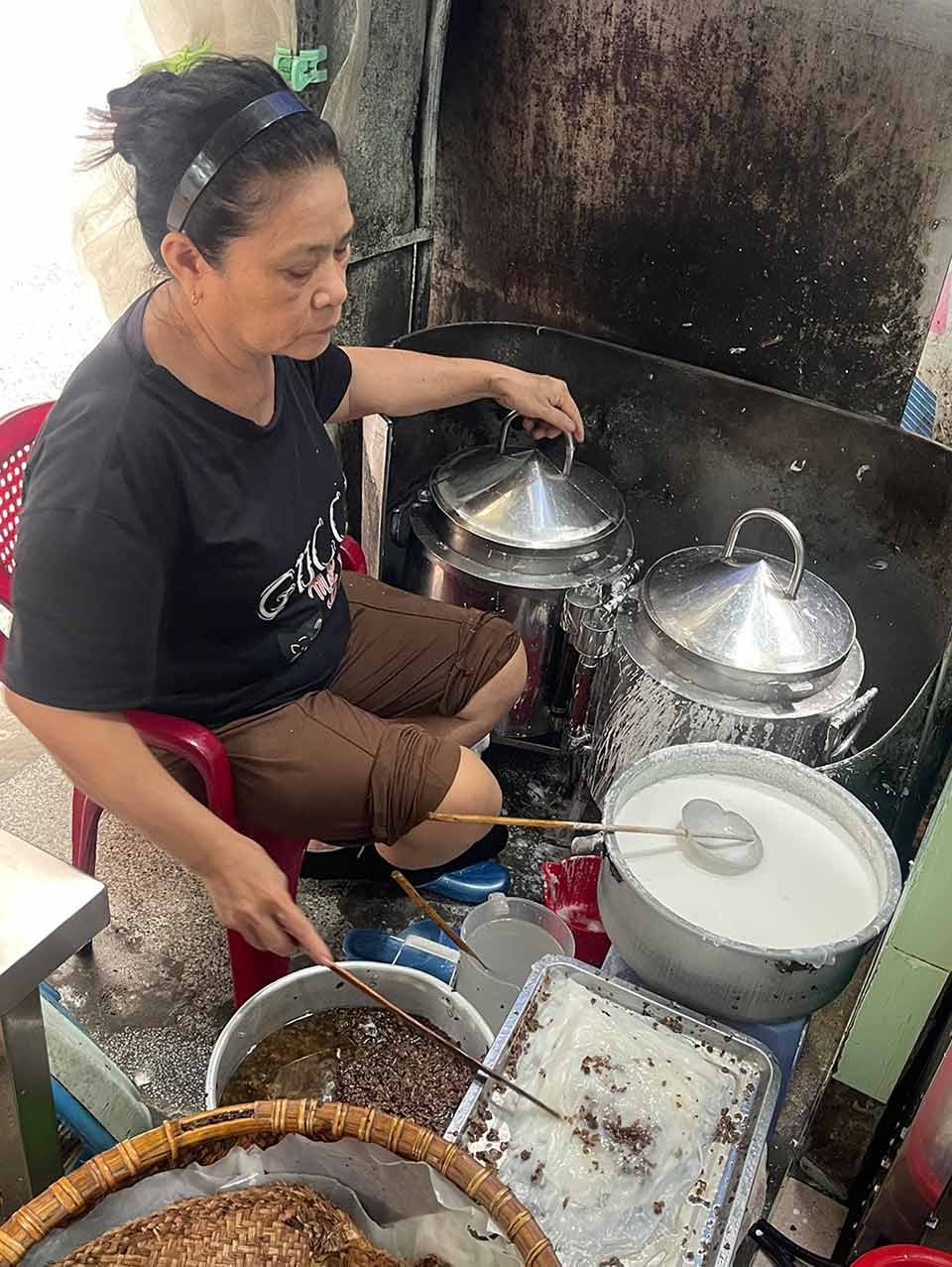
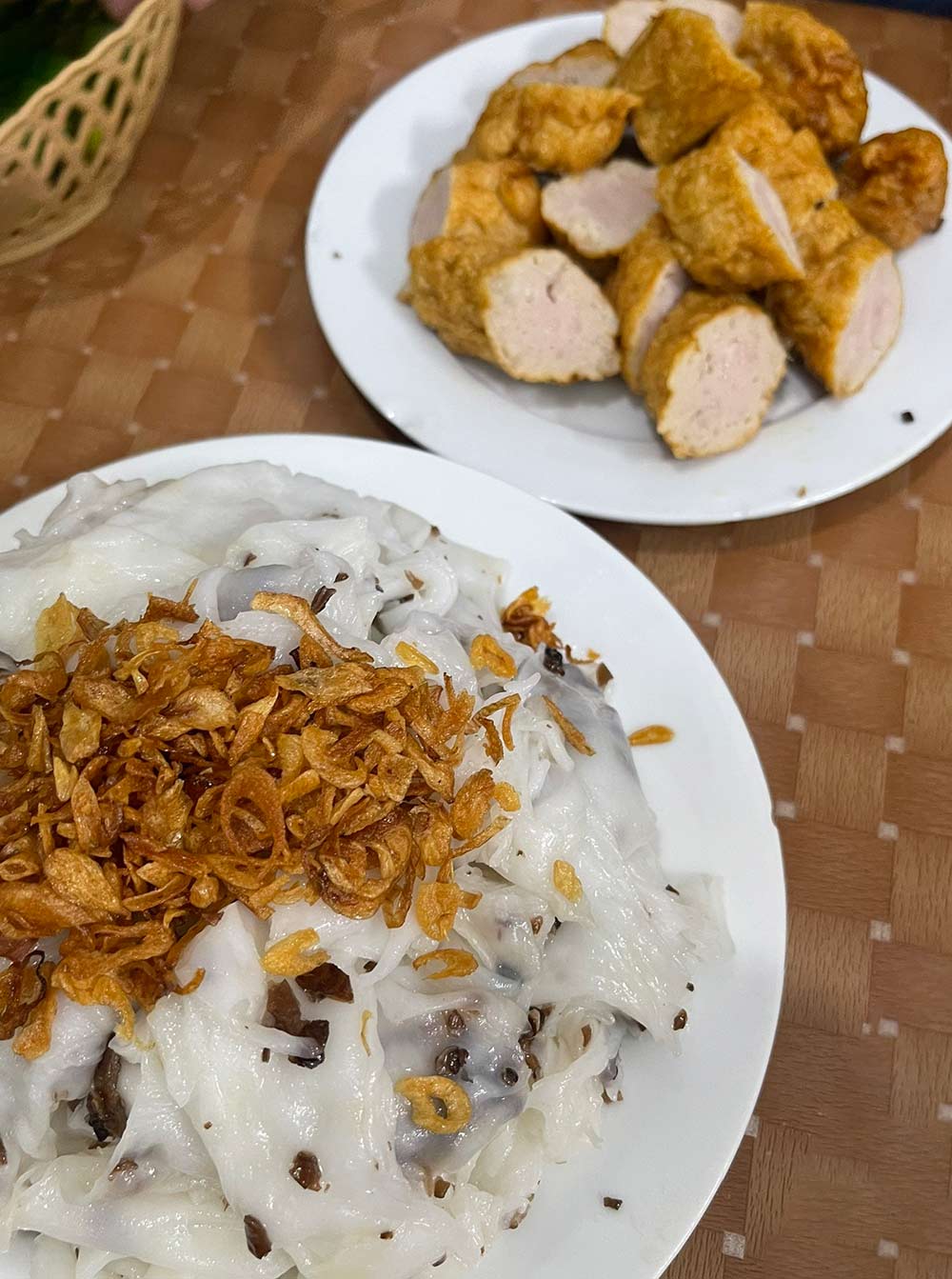
![[Photo] President Luong Cuong and King Philippe of Belgium visit Thang Long Imperial Citadel](https://vstatic.vietnam.vn/vietnam/resource/IMAGE/2025/4/1/cb080a6652f84a1291edc3d2ee50f631)
![[Photo] General Secretary To Lam receives King Philippe of Belgium](https://vstatic.vietnam.vn/vietnam/resource/IMAGE/2025/4/1/e5963137a0c9428dabb93bdb34b86d7c)
![[Photo] Close-up of Vietnam's sniffer dog team searching for earthquake victims in Myanmar](https://vstatic.vietnam.vn/vietnam/resource/IMAGE/2025/4/1/d4949a0510ba40af93a15359b5450df2)

![[Photo] Prime Minister Pham Minh Chinh meets with King Philippe of Belgium](https://vstatic.vietnam.vn/vietnam/resource/IMAGE/2025/4/1/be2f9ad3b17843b9b8f8dee6f2d227e7)



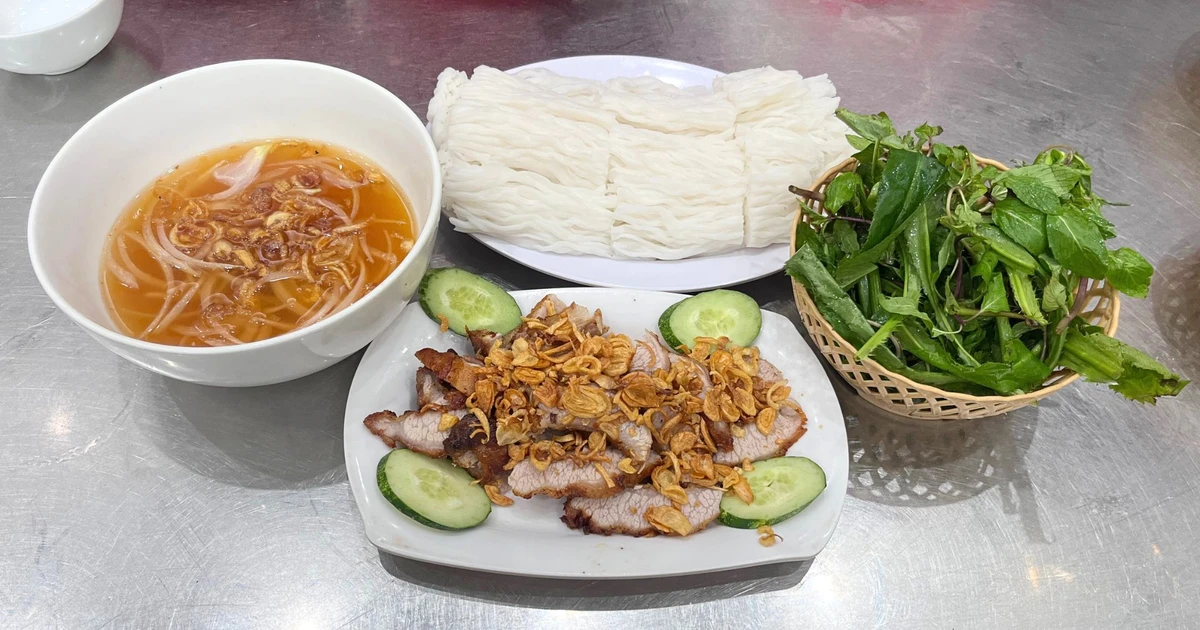



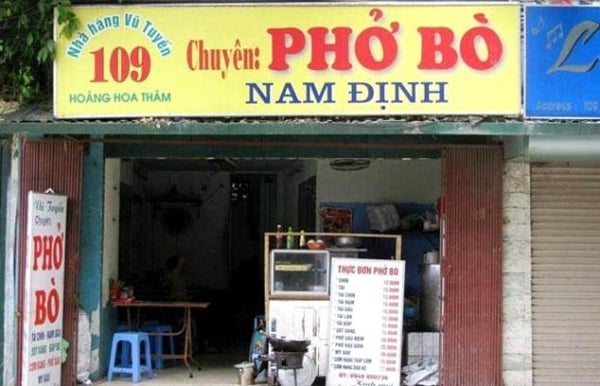

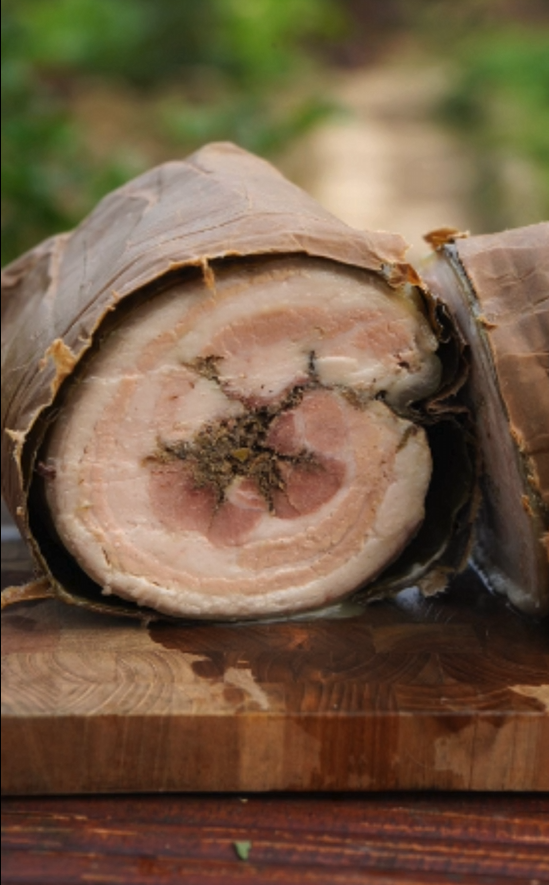













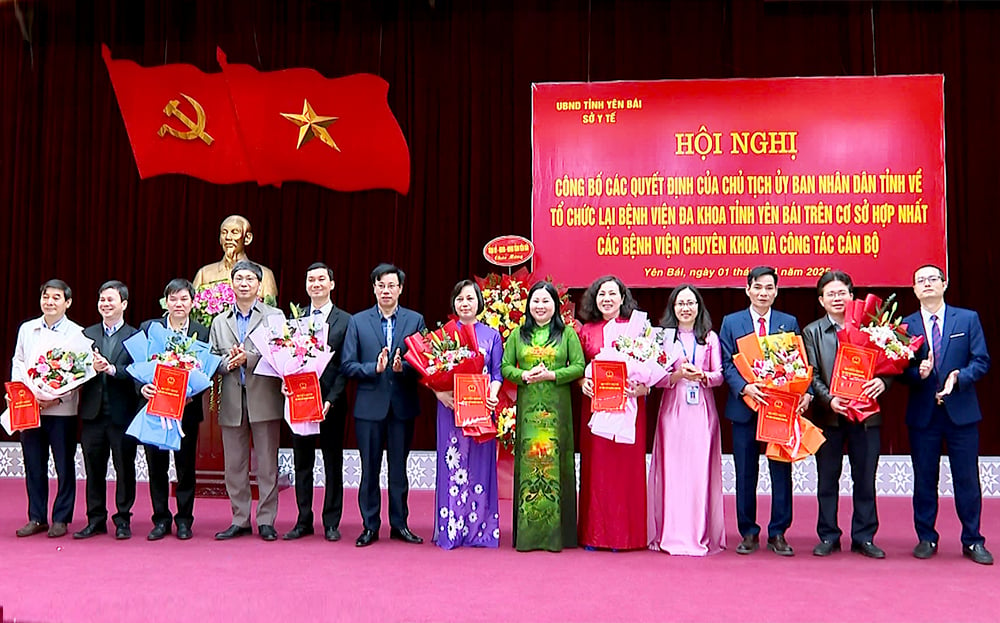
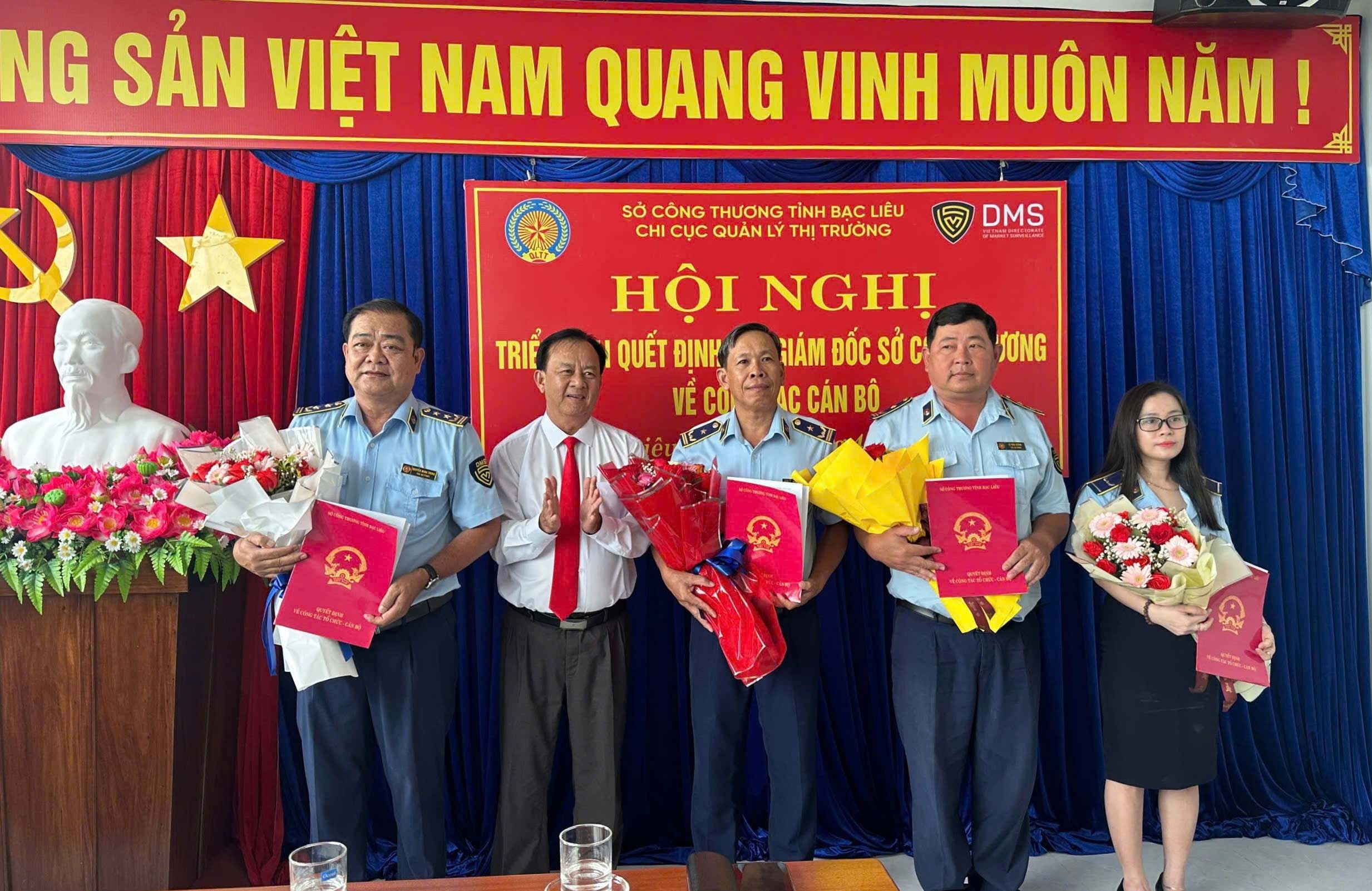


![[Photo] Myanmar's capital in disarray after the great earthquake](https://vstatic.vietnam.vn/vietnam/resource/IMAGE/2025/4/1/7719e43b61ba40f3ac17f5c3c1f03720)










































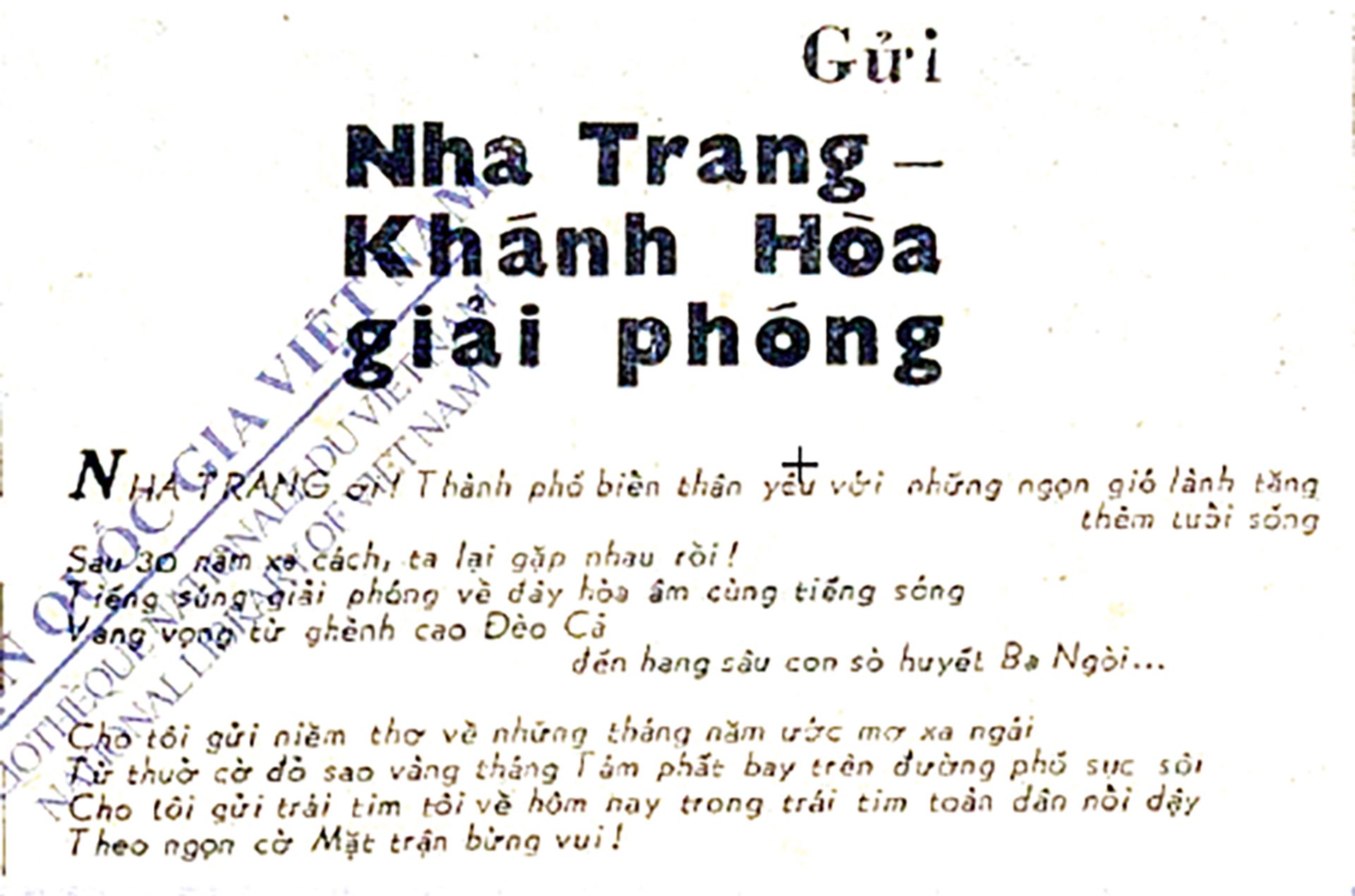


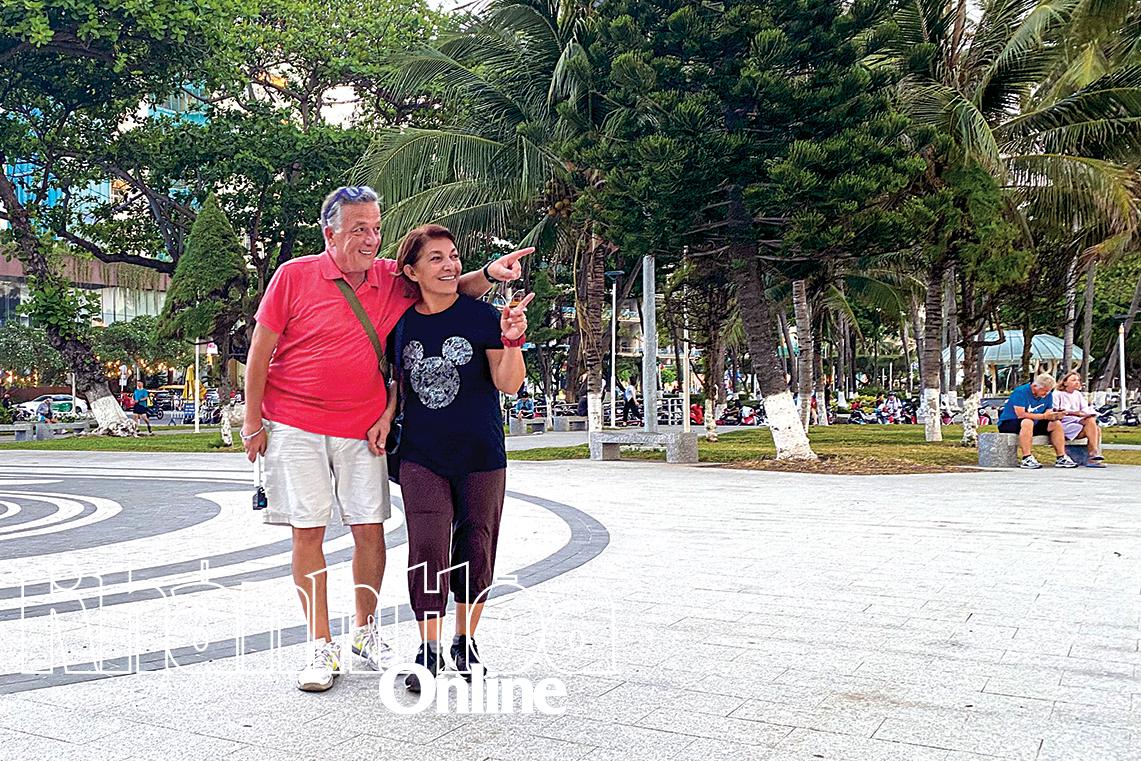

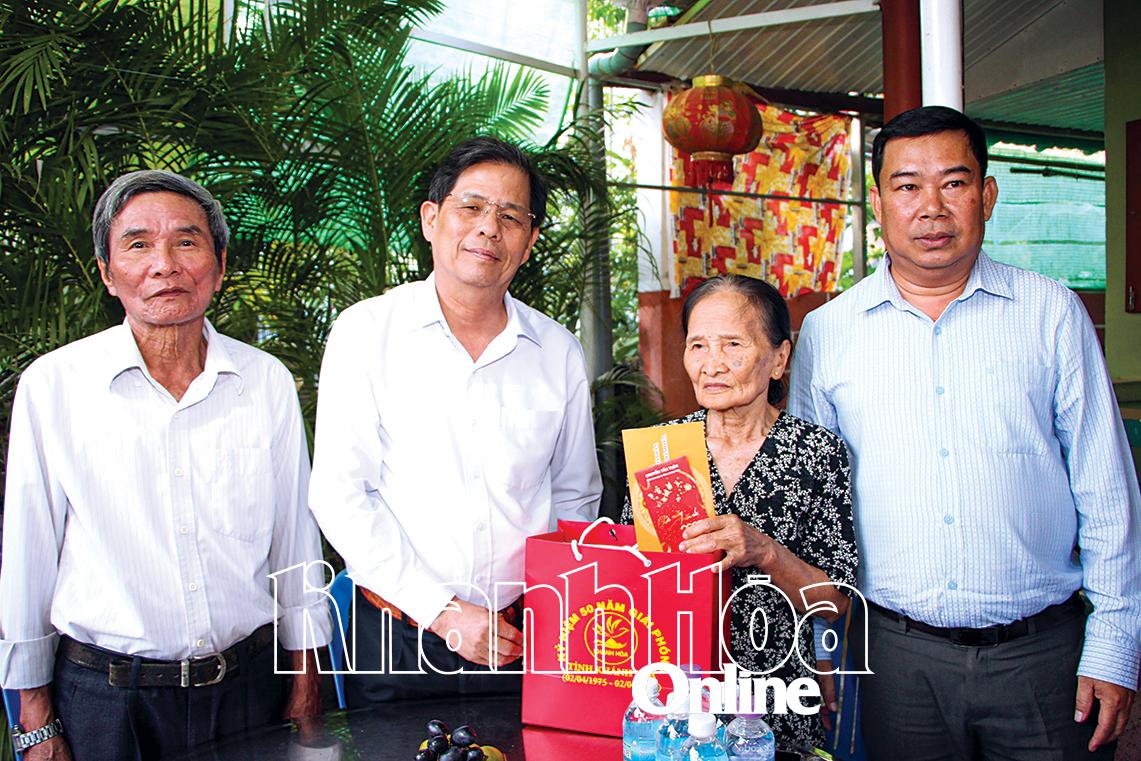










Comment (0)